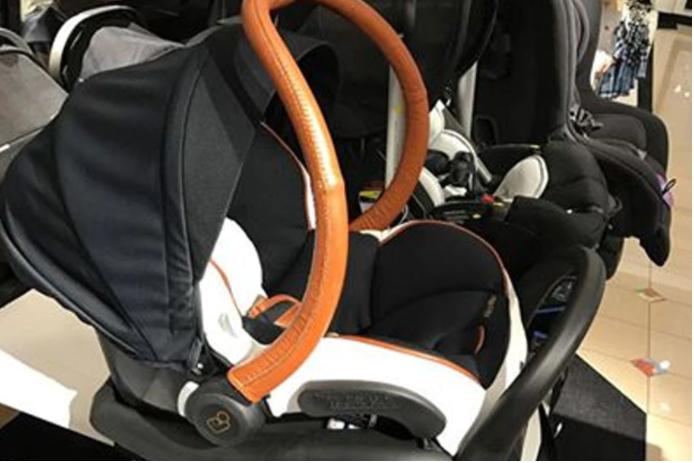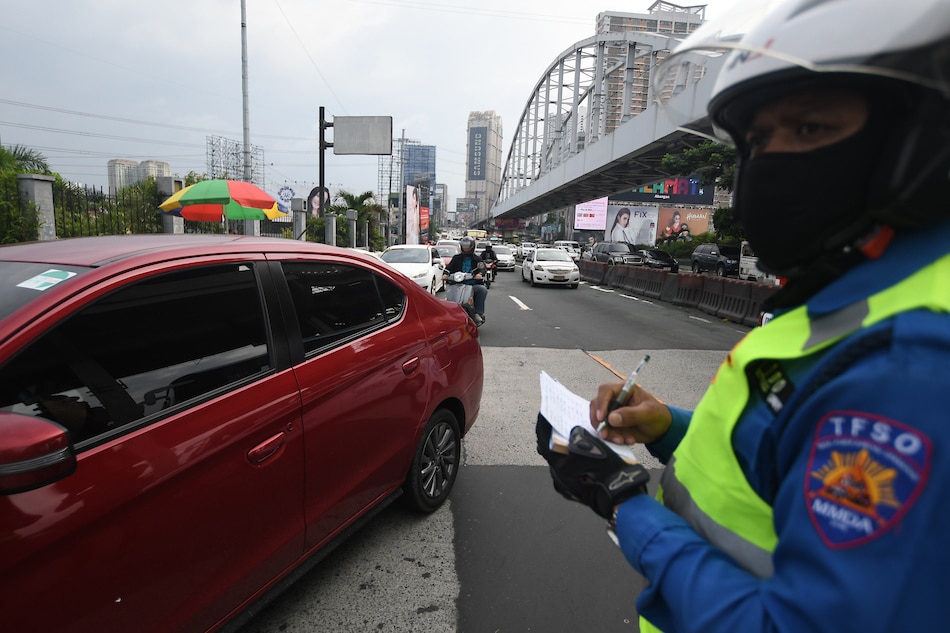MANILA Philippines – The country is set to implement the latest regulated law, the Republic Act No. 11229, or the Child Safety in Motor Vehicles Act, mandating the driver to use the “child car seat” in every vehicle in order to ensure the safety and for protection of children in case of accident.
The law will take effect starting February 2, 2021. According to the law, it restricts children from 12 years old and below from sitting in the front seat at the driver right side of the vehicle and also mandates the driver to use “child restraint systems” when the children are sitting at the back seat of the driver.

Here is the important information you need to know about the Child Safety in Motor Vehicles Act or the Republic Act No. 11229:
- What range of the age of children covered by the law?
Children from age 12-year-old and below are subject to the law. - What height is exempted by the law?
Children with at least 150 centimeters or equivalent to 59 inches in height are exempted to the law. Taller than the measurements mentioned herein can be “properly secured using a regular seatbelt.” - What vehicles are covered by the law?
The Department of Transportation (DOTr) deems to include all public and private motor vehicles except tricycle and motorcycles. - Is there exemption of children sitting on car seats inside moving vehicle?
Yes, provided the following:
– During medical emergencies and if the child has medical or developmental condition. - What are the penalties if one violates the law?
-First offense is P1,000 pesos
-Second offense is P2,000 pesos
-Third and succeeding offense P5,000 pesos and suspension of driver’s license for one year.
Note: The Department of Transportation (DOTr) also imposes the same penalties to drivers who are using substandard or defective car seats.
According to the Department of Transportation (DOTr), they will conduct a study on the use of child restraint systems for the other modes of public transportation including taxis, vans, buses and jeeps.

What would they do after the study, if the DOTr founds the child restraint systems are not useful and irrelevant to apply in a certain public utility vehicles mention above? The DOTr shall recommend to the Congress to come up with other options of safety measures for the safe and secure transportation of children in vehicles.
However, many believed that the safety of the children is in the hands of the safety driving initiative of the drivers and this could not be relied to child car seat implemented by the DOTr.







